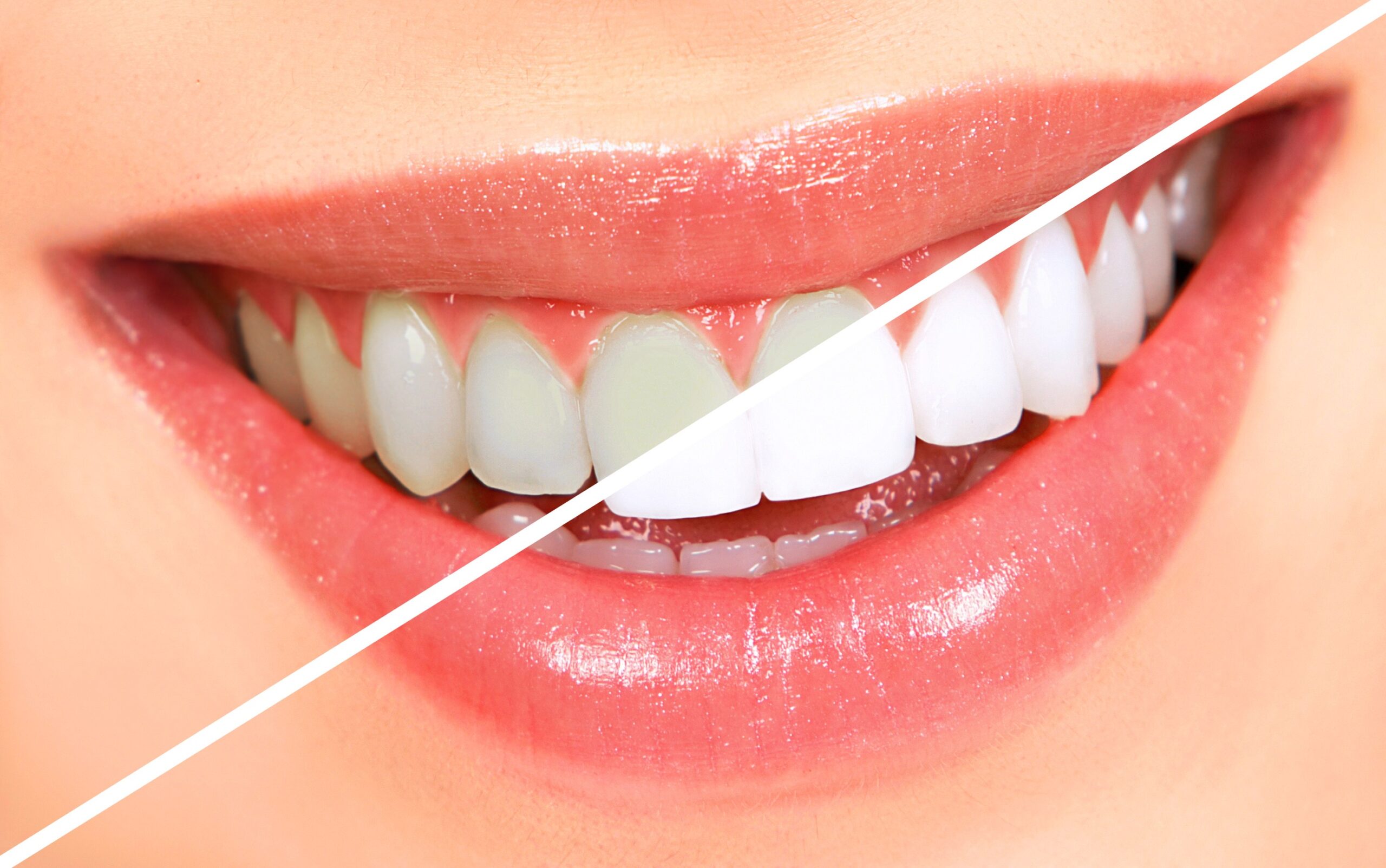A bright, radiant smile can significantly enhance one’s appearance and boost self-confidence. Teeth whitening is a popular cosmetic dental procedure that can help achieve a whiter, more dazzling smile. If you’re considering teeth whitening, it’s essential to have a comprehensive understanding of the process, its effectiveness, and the available options. In this article, we will explore everything you need to know about teeth whitening.
Choose alborzi orthodontics for all of your dental issues. They are one of the best san mateo orthodontics.
What is teeth whitening?
Teeth whitening is a procedure that lightens the color of your teeth and removes stains or discoloration. It is a cosmetic treatment that can be performed by a dentist or at home using various products. The primary goal is to achieve a brighter, more youthful smile.
Causes of tooth discoloration
Several factors contribute to tooth discoloration, including:
- Food and beverages: Coffee, tea, red wine, and certain fruits and vegetables can stain teeth over time.
- Tobacco use: Smoking or chewing tobacco can lead to severe tooth discoloration.
- Poor oral hygiene: Inadequate brushing and flossing can result in plaque and tartar buildup, which can cause yellowing of the teeth.
- Age: As we age, the outer layer of tooth enamel naturally wears away, revealing the yellowish dentin underneath.
- Medications and illnesses: Certain medications or medical conditions can cause tooth discoloration.
Professional teeth whitening
Professional teeth whitening is typically performed at a dental clinic. The dentist applies a bleaching agent, usually containing hydrogen peroxide, directly to the teeth. This process is often accelerated using a special light or laser. Professional whitening procedures are considered more effective and can provide significant results in a shorter amount of time.
At-home teeth whitening options
There are several at-home teeth whitening options available, including:
- Whitening toothpaste: These toothpastes contain mild abrasives that help remove surface stains.
- Whitening strips: Thin, flexible strips coated with a whitening gel are applied directly to the teeth for a specific period. Results can be seen in a few days to a couple of weeks.
- Whitening trays and gels: Custom-fitted trays are filled with a whitening gel and worn over the teeth for a designated period, usually overnight. This method can take several weeks to achieve the desired results.
Over-the-counter whitening products
Numerous over-the-counter whitening products, such as gels, pens, and rinses, are readily available at pharmacies or supermarkets. While these products may provide some improvement, their effectiveness can vary, and the results are often less dramatic compared to professional treatments or dentist-prescribed at-home kits.
Who can undergo teeth whitening?
Teeth whitening is suitable for most people; however, it may not be recommended for individuals with:
- Tooth decay or gum disease: These conditions should be treated before whitening.
- Tooth sensitivity: People with sensitive teeth may experience increased discomfort during or after the whitening process.
- Restorations: Teeth whitening treatments do not affect the color of dental restorations like crowns, veneers, or fillings. It’s important to note that existing restorations may need to be replaced to match the new shade of the whitened teeth.
Maintaining whitened teeth
After teeth whitening, it’s essential to maintain good oral hygiene to prolong the results. Brush your teeth at least twice a day, floss regularly, and visit your dentist for professional cleanings. Additionally, consider the following tips to maintain your newly whitened smile:
- Avoid or minimize consumption of foods and drinks that can stain your teeth, such as coffee, tea, red wine, and dark-colored berries. If you do indulge, rinse your mouth with water afterward.
- Quit smoking or chewing tobacco to prevent further discoloration.
- Use a straw when drinking beverages that can stain your teeth to minimize contact with the front surface.
- Practice good oral hygiene by brushing your teeth with a whitening toothpaste that contains gentle abrasives to help remove surface stains.
- Consider touch-up treatments periodically to maintain the whiteness of your teeth. This could be done through at-home kits or professional treatments, depending on your preference.
Remember, the longevity of teeth whitening results varies from person to person. It can last anywhere from a few months to a few years, depending on your oral habits and lifestyle choices. By following a diligent oral care routine and making smart choices, you can enjoy your bright smile for an extended period.
